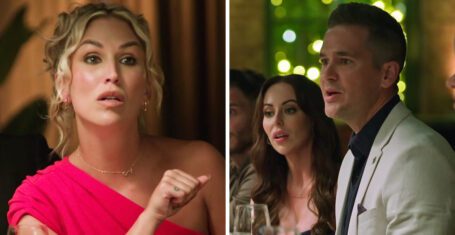
REVIEW: Cambridge Shorts
A fascinating and varied collection of student film-making
The Cambridge Shorts are always a treat. This is the fourth I have been to and I have enjoyed all of them hugely. The structure is simple: a host (tonight Ania Magilano-Wright) introduces each of the films and provides comic entertainment in between. The hosting was good with some impressively funny improvised sequences and topical references to the Oscars, but it’s no secret that the films are the focus of the evening.
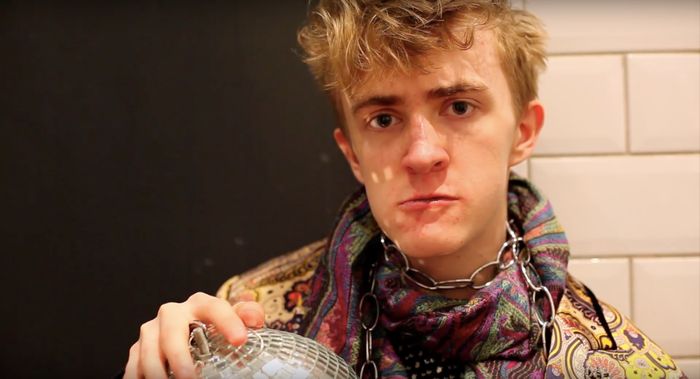
The first film of the night was the obscurely titled Midnight Forest Canal by Johnny King. This film took place mostly on the skatepark next to the Kelsey Kerridge Sports Centre on Parker’s Piece, and the setting suited its surreal style very nicely. Moments of simple humour were very effective, and the idea of using fonts in the subtitles to convey different voices was nice. The decision to have subtitles instead of sound for the dialogue also sidestepped the sound-quality problem endemic to almost all student film-making. The subtitled dialogue itself was successful in hitting the ‘deep’ lines with the right level of irony and self-awareness, but it was still able to deliver some unexpected emotional power. However, though Midnight Forest Canal almost managed to be ironic and meaningful in equal measure, while the subtitling was fun, it did render the seriousness it felt like it was aspiring to slightly out of reach.
3.5/5 stars
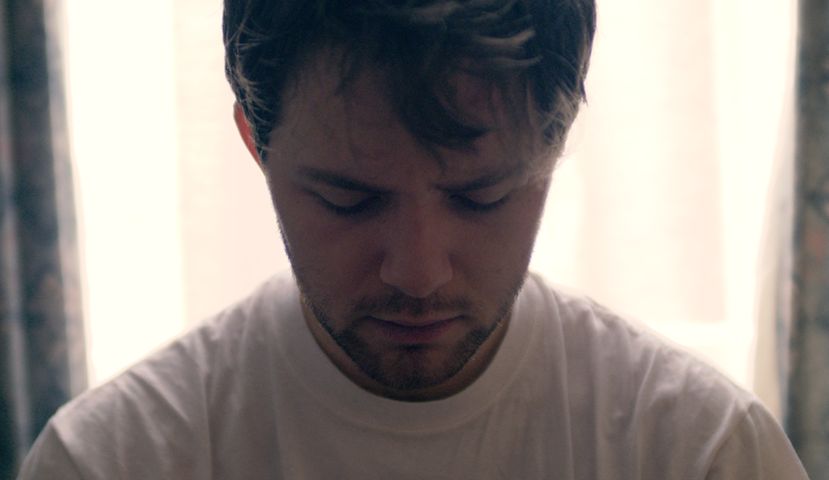
The second film of the night, The Forgotten, directed by Rowan Hall Maudsley, had a very different kind of emotional content. Beautifully shot and edited flashbacks and extremely clever and varied use of sound meant that this short film achieved the disorienting effect that it was evidently aiming for. Though flashbacks to car crashes are dangerously cliched, the cyclical feature in which one of the photographs was balled up and thrown away at the end of the film after having been un-balled earlier was a pleasing personal addition. However, while flashbacks are by definition discontinuous, the very wide variety of sound effects and video editing that were used to deliver the emotional effect took something away from the continuity of the ‘present-day’ scenes. Nevertheless, it worked as a satisfying whole, and the narrative structure was easy to follow.
4/5 stars
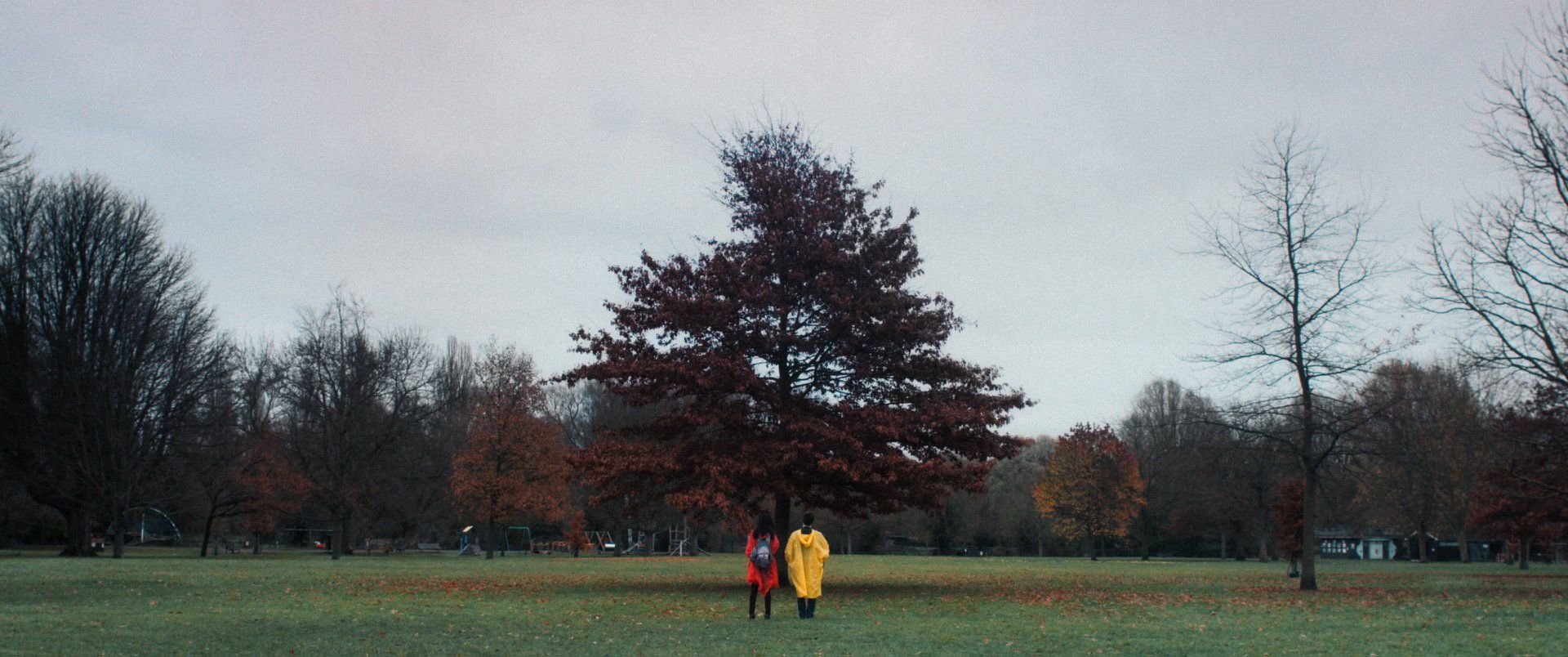
Based on a True Story took its famous eponymous phrase and examined it in beautiful Wes Anderson-esque style as its two characters tried to ‘take a photograph of the truth’. Unlike the previous two films in which content evidently took some precedence over form, this one tipped the balance the other way. A brilliantly choreographed set-piece in which several brightly-clad actors and actresses danced together against an industrial background to dramatic orchestral music stood out for its use of colour and its thrilling integration of visual and audial movement. Each of the several pieces of music that were chosen matched the beautifully framed cinematography perfectly, and the terseness of the dialogue allowed the visuals to dominate, which played very much to the film’s strengths. The only disappointment was the ‘ugly’ thing that the characters photographed in one scene: Churchill's brutalist architecture was dissapointingly ‘cliched-ugly’ as a choice, giving the impression that not much thought had gone into it. In each of these ‘photography scenes’, however, the pacing of the action itself was exceptional.
5/5 stars

The centrepiece of the evening was perhaps CFA’s 27 Second Chain Project. A set of 27-second clips were each shown twice with different music for the repetition which carried over to the first iteration of the following clip. The main attraction was, of course, seeing how music inspires film and vice versa to such varying effects. For some clips, including one of a man laughing with dialogue about a coat, the double-accompaniment allowed the film clip to be seen in two fascinatingly contrasting lights; for others the same didn’t hold, and the contrasts between the first and second showings of the clip were often jarring or humorous rather than interesting, meaning the endeavour as a whole lacked a direction or a common kernel of content (this fact, of course, being expected and of great interest in and of itself). The disparity in the styles of the clips (some narrative, some abstract, some computer generated) was undoubtedly interesting, but the spectacular variety also took away from the experience somewhat. Perhaps more constraints might’ve been imposed with respects to style or thematic material; more tightly constrained creative variation is often more insightful.
3.5/5 stars
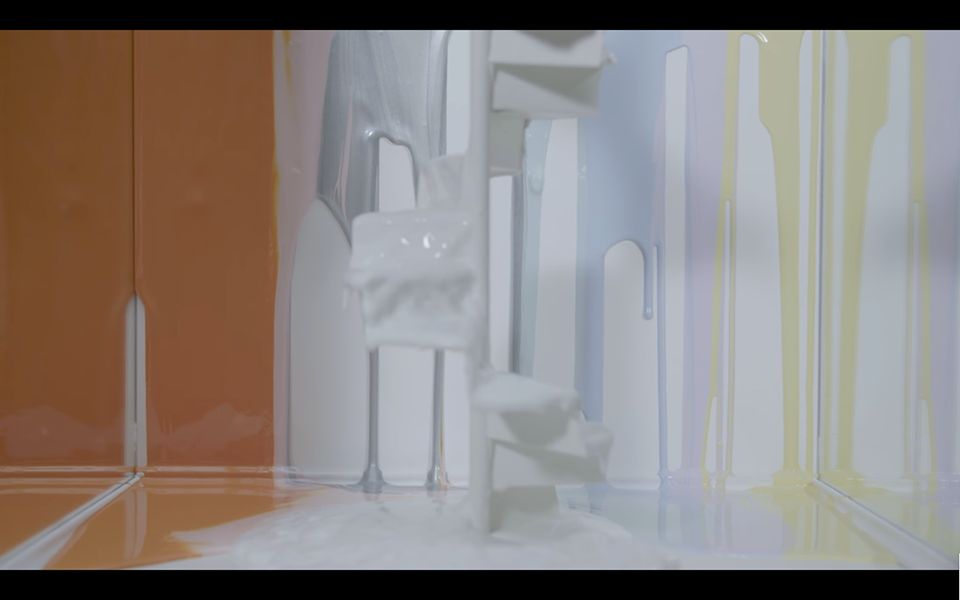
Robyn Wilton’s All The Busy Ings is nothing short of a visual feast. Rather than using characters dialogue and plot, this film instead explored visual effects, blurring the lines between the physical and the abstract using complex computer generating imagery and clever cinematography. Viscous, gelatinous ‘liquids’ flowing through small holes, blank white furniture, and vases of flowers created bewildering contrasts and never allowed the audience to settle. This film, with its complex geometry and pulsating forms, aimed to craft a sense of visual rhythm which it achieved to a certain degree, but often it overdid the visual effects, resulting in the impression of clutter and overediting which took the viewer out of the experience. The human figure amongst the inhuman forms was exceptional in ramping up the sense of immersion at the end of the film however, ensuring it finished very strongly.
4/5 stars
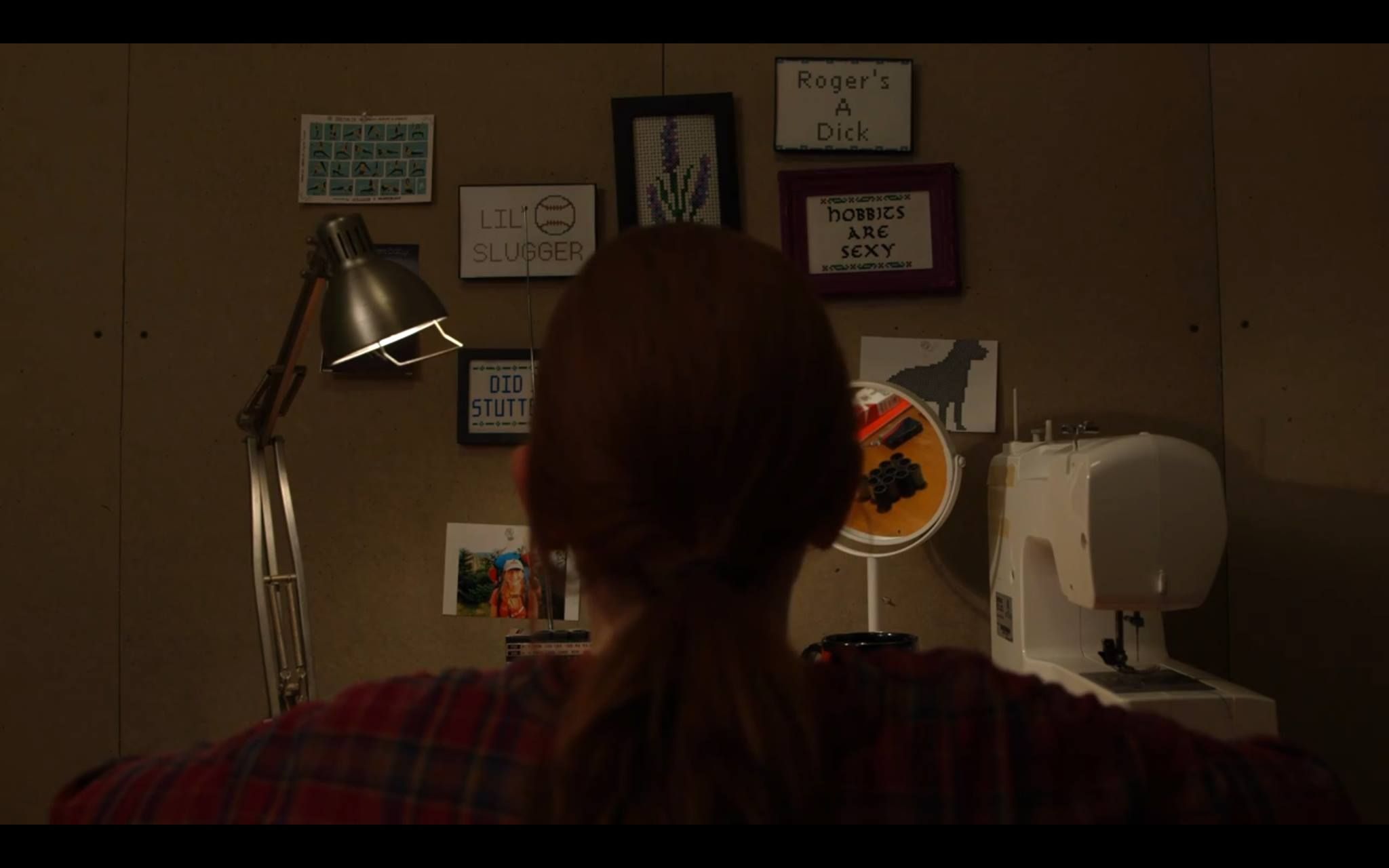
The final film of the night, Let It Out by Lyndon Hanrahan, had a more fleshed out story arc than any of the other films. The story centres around a character who works for a company, 'Cathars-It', which allows people to act out fantasy scenarios over the phone as the operators take on whatever character the caller needs. The premise is a fascinating one, and it is not wasted. Without giving too much away – you might see the film yourself! – one of the operators uses the service herself, acting out fantasy scenarios of her own with a co-worker. Impressively, despite knowing full well that the very nature of the plot means that things aren’t what they seem, the reveal that things really aren’t what they seem still comes as a shock. Despite focusing on the content, the cinematography and the sound (especially the voiceovers) were also excellent. I’d love to see this given the chance to develop into a longer piece, and this might give the recurring themes the chance to develop into something more obviously meaningful. The repeated ‘watercooler’ visual theme felt like it must have some meaning beyond setting the ‘office-scene’, but, at least to me, that meaning was elusive.
4.5/5 stars
There’s not much to say in summation except that the standard of short-film-making in Cambridge is exceptionally high. It’s a pity that the Cambridge Shorts are so rarely put on, so, if you can make the next one, stop at nothing to get a ticket.





























